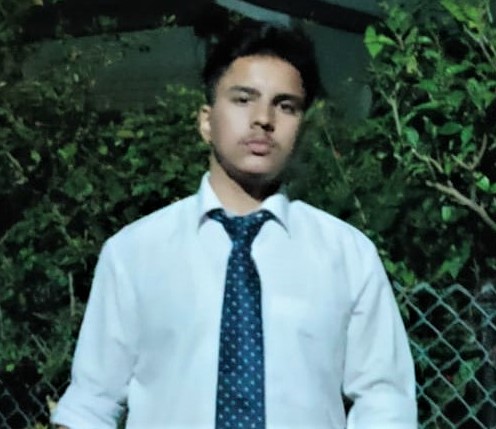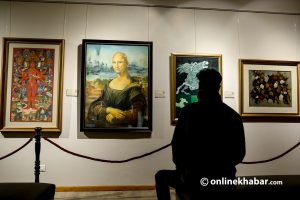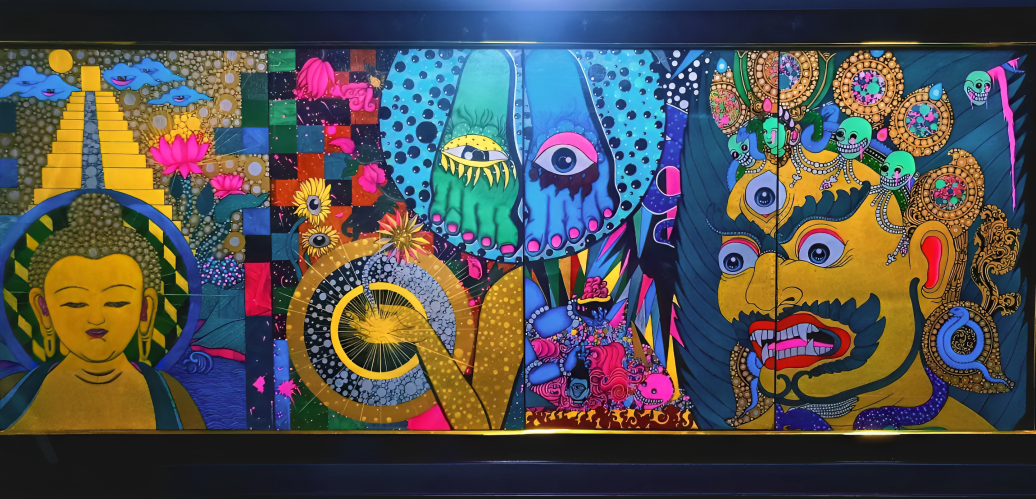
Nepal and its art scene for the longest time has been influenced by its deeply rooted and nuanced fragments of culture and history. But, with the modern wave of the internet globalising everything, the contemporary Nepali art scene has been met with a whole new array of disciplines.
To give context to what a discipline is in art, artistic disciplines are the various categories through which art can be done. From literature to performance art, each fragment of expression is a discipline of art. No matter how it is done, as long as an expression is there – art and a discipline of art can exist.
A good example of a discipline in art can be abstract art, a term many of us are familiar with. Another example could be sculpture art (where stones are carved into pieces, and pieces are shined into representations & statues).
Though as subjective as disciplines in art is, through a month-long interview and research on the underground art scene of Kathmandu and Lalitpur, I found that around four such disciplines have been garnering an audience and an emergence.
Emerging disciplines in Nepal

Most of the Art in Nepal (until now) has been significantly inspired and birthed by old traditional culture itself. Disciplines such as Thangka painting, wood carving, dhokra art and textile art disciplines have been the most influential disciplines until now. But, with this modern resurgence of globalisation, acceptance, and a new generation of art-doing, a renaissance through modernism and Western culture might be hitting the Nepali art scene.
Through my research and interviews with some of the most influential artists in the scene (of the contemporary), what I found was that four of such art disciplines are surging and emerging from this subjective modern renaissance in the Nepali art scene.
Contemporary blending into traditional art
Contemporary blending into traditional art is an artistic discipline that combines modern artistic techniques and concepts with traditional methods and themes, resulting in innovative and culturally rich creations. This artistic discipline finds a way to blend the old way of doing art with modernistic practices and creates a blend of the past and the present world.
To give context to it traditional art shifted from the religious to the secular in the mid-19th century, with the rise of the Shahs and Ranas. This marked a huge turn of development in the contemporary world of art in Nepal. But with this modern wave of renaissance, traditional artists such as Abhi (Abhijeet Prajapati) have been using modern elements to define traditionality and culture, indulging in this new practice of an artistic discipline.
Institutions like the Nepal Art Council and the Weltmuseum Wien (among many) have played a vital role in the promotion, welfare and platform-giving of this discipline of blending contemporary and modernism into traditional art.
With up-and-coming artists such as Dotts (Nikhil Bahadur Shakya) using this form of an emerging artistic discipline, this new discipline seems to be the most growing and accepted form of discipline in the Nepali art scene.
Graffiti and street art

Graffiti and street art though, these two words are used interchangeably and have different meanings. Graffiti typically refers to unauthorised markings or scribbles, while street art encompasses a broader range of artistic expressions, often with a purpose or message. Moreover, Graffiti has become a powerful form of urban expression that has shaped the visual landscape and cultural identity of communities worldwide.
Graffiti as an art form and an inscription into canvas painting, or even the culture of street art as a discipline in art itself seems to be on the rise. And not just in the walls of Kathmandu, Lalitpur and Bhaktapur but also in the form of canvas paintings graffiti and street art as a discipline is on the rise.
With the new generation of modern graffiti writers like Mr.Do, impacting the emergence of street art, and graffiti as a discipline in art itself, this genre of discipline is getting a huge wave of attraction, comradery, validation and respect in the Nepali art scene.
Projection mapping

Projection Mapping is a new and emerging discipline in art that utilises imagery and light to convey ideas, narratives, or aesthetics, often in various mediums and contexts. Projection maps can be used as an assistive way of artistic expression in concerts and shows, to give them an alluring and almost a psychedelic feel.
Through lights, software and sculptures of the LED, this discipline of art is a great example of how art does not shy away from modern technology and through its use, can even be enhanced. Digital artwork, animation and illustrations made through the assistance of technologies, and using such illustrations as an art piece, to immerse viewers more just shows how many possibilities there are for the facets of art to emerge into new disciplines.
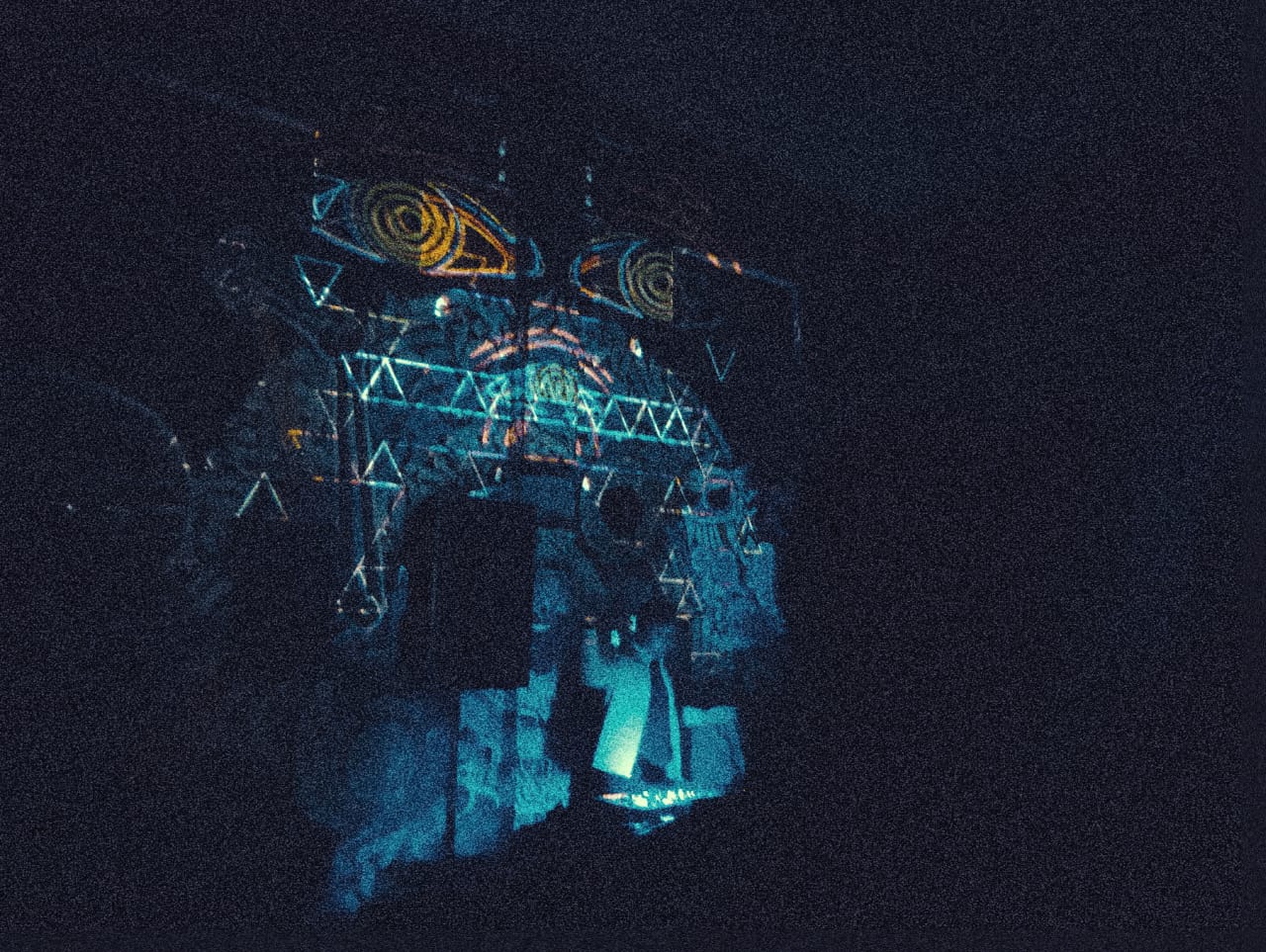
In Nepal, two notable institutions that have been able to promote this discipline of art are Gallery Mcube and Artudio. With multidisciplinary artists like Box (Bidhan Bajracharya), who are inclined towards graphic design, illustration, and street art, embracing and promoting projection mapping as an emerging discipline, a small yet burgeoning culture and community have formed around it in the art world.
Surrealism as a discipline
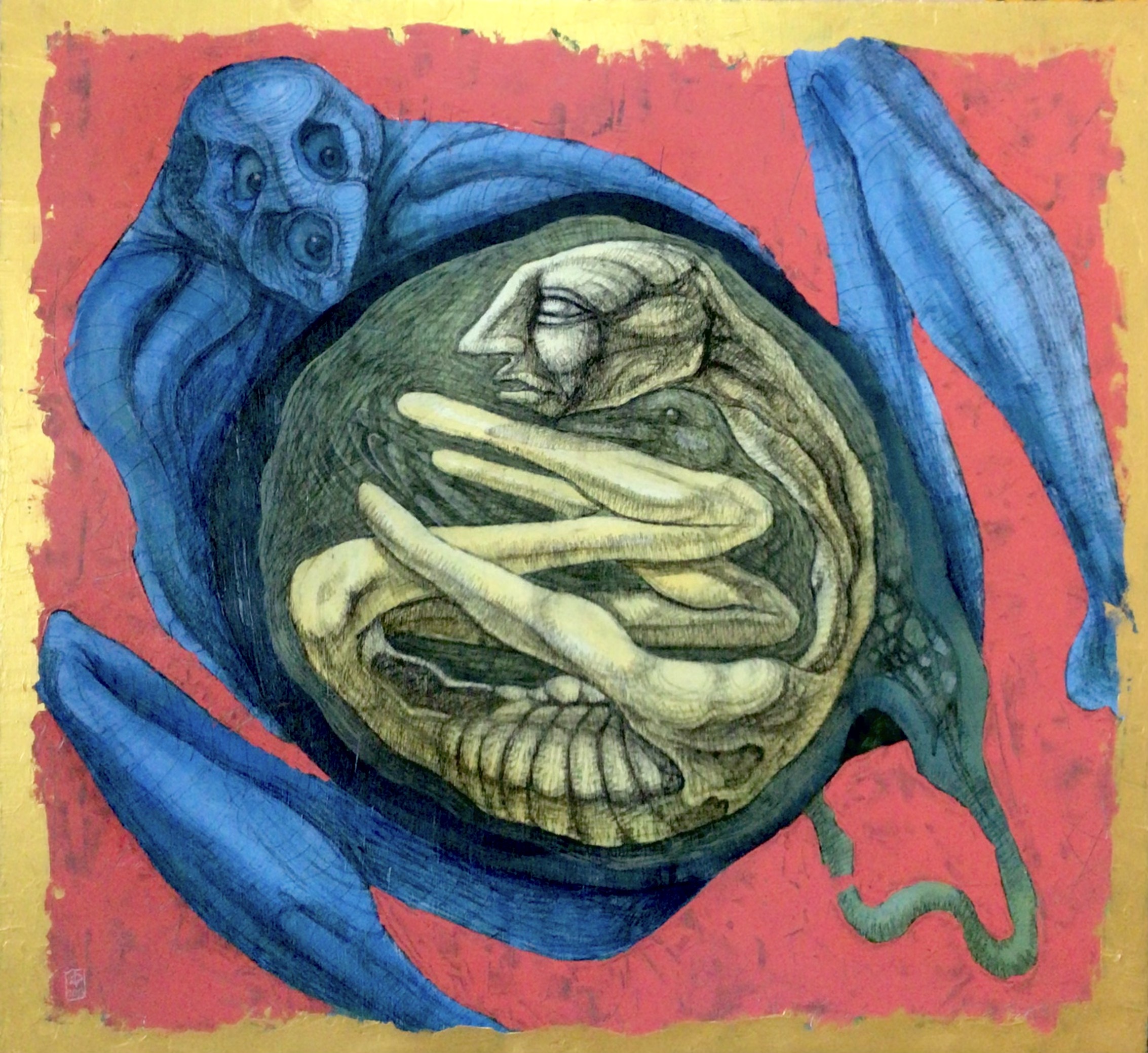
Surrealism is a discipline in art that dives into the realms of the subconscious and the irrational, often portraying dream-like imagery and fantasy-like elements to evoke emotions and provoke thoughts in the viewer. At its core, surrealism, stemming from the avant-garde movement of the 20th century, revolves around the exploration of artistic and illustrative divergence.
Surrealism in Nepal has been embraced by multidisciplinary artists such as Ryan (Sushant Shree Rajbhandari) as a medium through which he can express his almost transcendental, dream-like, kafkaesque way of world-building.
With pioneers of this art form such as Lain Singh Bangdel, whose surrealist art pieces lie in Bikalpa Art Center and Park Gallery, this contemporary and nuanced discipline of art does seem to be an emerging discipline in Nepal.
The need for acceptance and platforms in the Nepali art scene
Each artist has their very own way of expression and without a doubt through this new wave of modernism in the disciplines of doing art in Nepal, other different facets will arise. And, usually as a narrow-minded society, ‘new and difference’ is seen as something bad or wrong.
Differences should not be criticised but rather encouraged. To each their very own way of doing art, and to them, their very own ways of expression. But, though indifference can be dealt with through knowledge and awareness, a lack of a platform for all Nepali artists lies as an underlying problem.
With this modern renaissance and resurgence in viewership of art in Nepal, it is time for institutions and platform-givers to step up and provide a space of acceptance for these new disciplines of art in Nepal that have emerged. Only then can modern artists in Nepal find solace.


